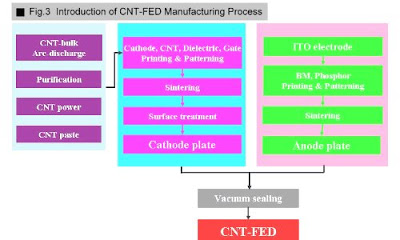Brilliant Engineers,Reseachers,Islamic Leaders,Journalist,IAS and other Higher Rank officers, Actors taken their degrees from this University .These Briliant Alumnis famous the name of Jamia Millia Islamia whole around the world due to its high quality education environment.
Number of new courses started in this University every year in different fields in which Masters of Technology in the field of Nanotechnology is one of them.This course started in 2007 in Department of Physics due to the efforts of Prof Mushahid Hussain and other faculties and running successfully .From different technical fields ,large number of students enroll for this course every year.The course structure is of international standards which fullfill all the needs of the students which is necessary to learn and to be expertise in this field.Other experience faculties of this department also give their contribution to teach the students about this field.Prof Mushahid Hussain have good co-ordiantion from faculties of other departments of this university eg Chemistry,Electronics,Applied Sciences etc and scientists from different government R&D firms eg DRDO,NPL, IIT. These faculties came and give their guest lecture in this field to expertise the students .
Prof Mushahid Hussain is one of the experience faculty in Jamia Millia Islamia , having deeper knowledge in the field of material science.Prof Mushahid Hussain engaged in the nanoscience research from many years. He is the member of various scientific commitees .He organize many conferences in the field of nanotechnology every year .Under his guidance,many of the research scholors got their doctorate degree in this new emerging field.Number of Ongoing research projects in this field running under his guidance of various govt institutions eg DRDO etc.Prof Mushaid Hussains material science lab is well equipped with different materials,gases,pumps and equipment which is the necessary requirement for the nanoscience research eg Thermal Evaporation Unit,RF Magnetron Sputtering Unit, CVD Unit,LPCVD unit,Spin Coating Unit,ECR Plasma Etching Unit,Scanning Electron Microscope etc.
Every Jamian who associated with the Nanotechnology Reaesrch,Teaching and Training are feeling proud on Prof Mushahid Hussain efforts for starting the Post graduate Course in Nanotechnology in Jamia Millia Islamia.
As Jamia Millia Islamia is the first University in Delhi which start this Post Graduate Programme..After this , two more Delhi based Universties D.U Univ ,I.P Univ start their Post Graduate programme in Nanotechnology in 2008.
So We can hope this future technology play an important role in different field and provide the good carrier opportunities to the persons who associated with this field.
For more information ,please contact to:
Co-ordinator (http://jmi.nic.in/Fnat/mush_ph.htm)
M-Tech (Nanotechnology)
Department of physics
Jamia Millia Islamia ,New Delhi
http://jmi.nic.in/index.html






















.gif)